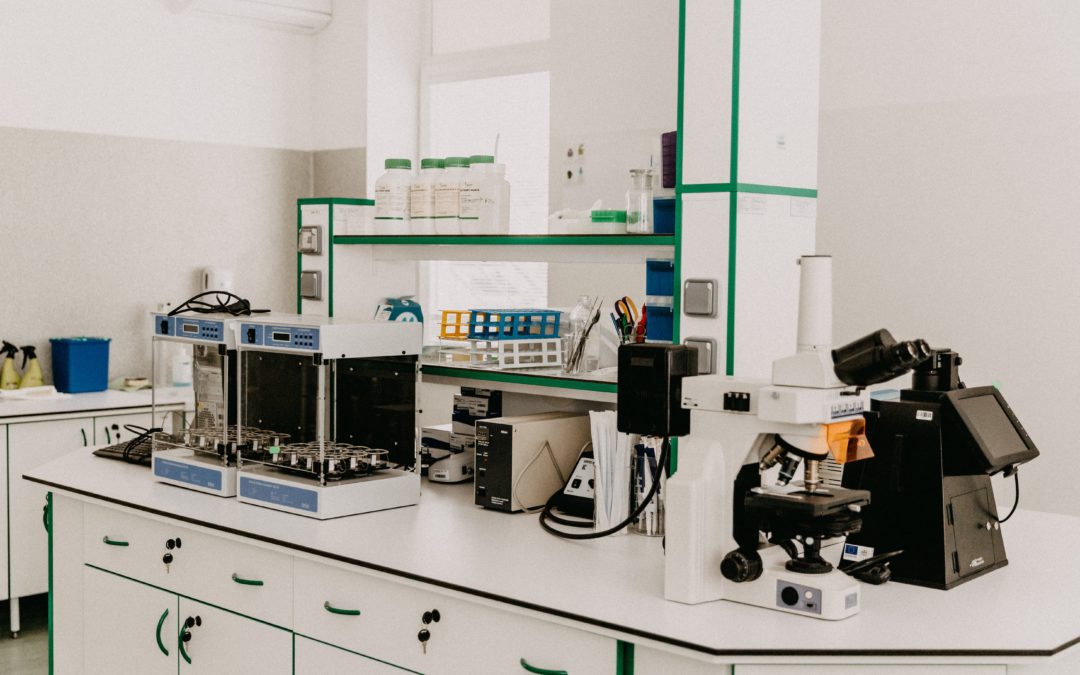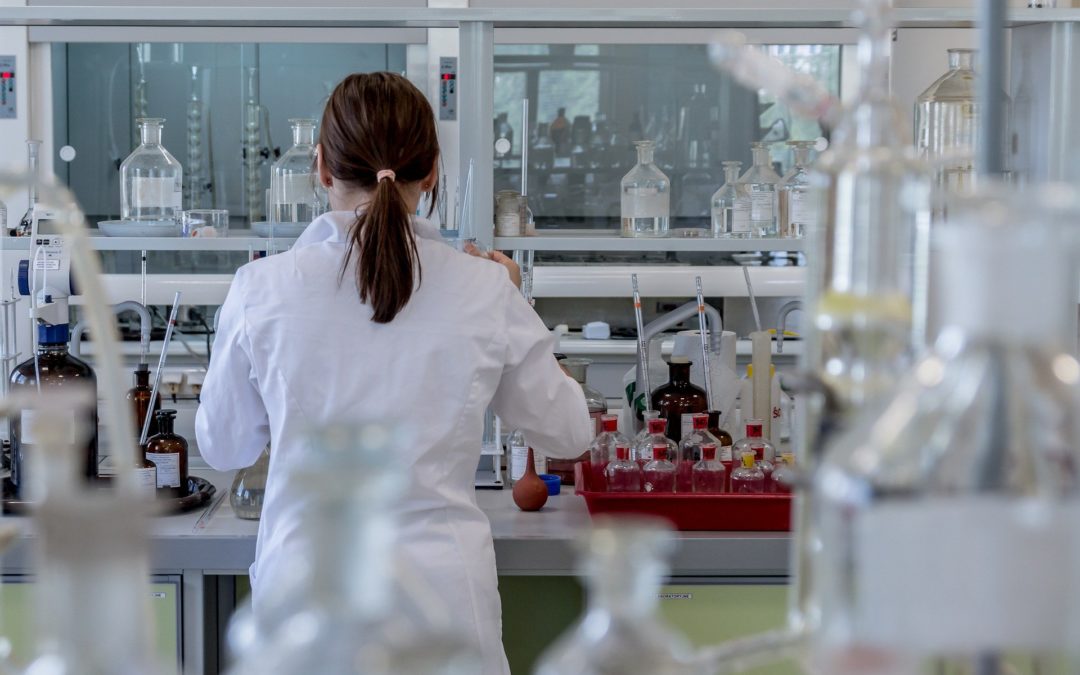
Medical Cleanroom Terminology: What Are Hoods?
What Are Cleanroom Hoods?
Cleanroom hoods (also called laminar flow hoods) are enclosures designed to guide filtered air in a uniform speed and direction, all in an effort to prevent contaminant particles from building up on the work surface, and to protect the product and operator. They can come in the form of workstations, work benches, and cabinets.
Cleanroom hoods work in a circulatory process, pushing treated air from the fan filter unit to flow across the work surface until it reaches the enclosure’s exit area where it’s treated and circulated again. This ensures that any sensitive materials placed on the hood’s work surface are always upstream and suffer little to no contamination.
Types of Cleanroom Hoods
There are two types of laminar flow hoods: horizontal and vertical. As their names suggest, each of them either blows air horizontally or vertically in relation to the hood’s work surface, and there’s some debate in the industry over which method is best.
Horizontal laminar flow hoods direct air horizontally, or parallel across the work surface. This system helps reduce the amount of turbulence (random air movement) drastically, offering sensitive materials maximum protection from contaminants.
Vertical laminar flow hoods direct air vertically, or perpendicular to the hood’s work surface. They resemble the design and operation of a laminar flow cleanroom, where air is treated through a fan filter at the top of the enclosure, then pushed downwards — just on a much smaller scale. The vertical flow of air is especially good at preventing any harmful particles from being blown at the operator.
Cleanroom Hood Components
No matter if they’re horizontal or vertical flow, all cleanroom hoods have the same basic components. If you’re planning on using a hood for your cleanroom application, it’s important to be comfortable with each of the parts and their functions.
- Sash – Located on the face of the hood, this is a transparent panel that shields internal materials from the outside environment, while also providing some protection to the outside environment and operator.
- Airfoil – Usually located at the bottom front of the hood, this is a vent that allows room air to enter the hood enclosure. It helps prevent vapors from escaping and air imbalances in the workspace.
- Baffle – Usually located on the hood’s ceiling, this is an adjustable partition that affects air force and direction within the enclosure. It works to ensure laminarity (uniformity) by controlling pressure in airflow.
- Fan filter unit – This is the component that’s primarily responsible for the hood’s clean environment by filtering particles and maintaining consistent air change rates. For horizontal laminar flow hoods, this is located at the back of the enclosure. For vertical laminar flow hoods, this is located on top of the enclosure.
- Plenum – This is the space underneath the work surface or behind the hood walls that balances and distributes air. Air usually enters the plenum from the airfoils and is pushed to the air filter before re-entering the enclosure.
- Duct – This is an exhaust passage that’s used to transport contaminated air out of the hood’s clean environment — either into another room or outside of the building completely.
- Gauges – These are meters that continuously monitor the hood’s air velocity, particle count, and air pressure.
- Work surface – This is the main space where sensitive materials are placed and processes are carried out within the hood. Depending on which type of hood you have, this could be in front of (horizontal flow hood) or underneath (vertical flow hood) the hood’s fan filter unit.
Which Cleanroom Applications Require Hoods?
Any process involving highly sensitive materials that can’t be contaminated may be carried out within a cleanroom hood. This includes a number of applications within a number of industries, including (but not limited to):
How to Clean and Maintain Cleanroom Hoods
Cleaning and maintaining your cleanroom hood is paramount in ensuring its effectiveness for years to come. Typically, certification of the hood is required annually or semi-annually, depending on your industry’s standards. In terms of cleaning, there are three levels of cleanliness that you can achieve:
- Sanitized – Removing visible dirt and contaminants on the surface, reducing the amount of germs and chances of infection, illness, and/or contamination.
- Disinfected – Eliminating virus, bacteria, and fungi from the work surface with a cleaning agent.
- Sterilized – Completely eliminating any microorganisms and contaminants from the work surface, usually by means of chemicals, heat, and/or pressure.
Angstrom Technology’s modular cleanrooms can be customized to meet the needs of your application. If your application requires special equipment like cleanroom hoods, get in touch with our team of design engineers. We’ll help explain the process and design a controlled space that accommodates all of your requests.







